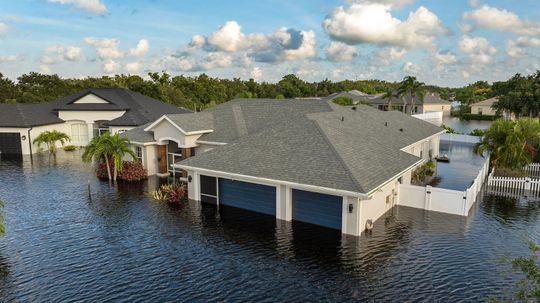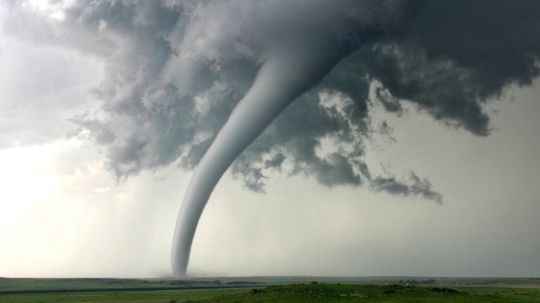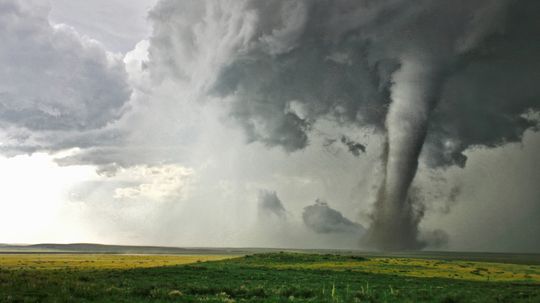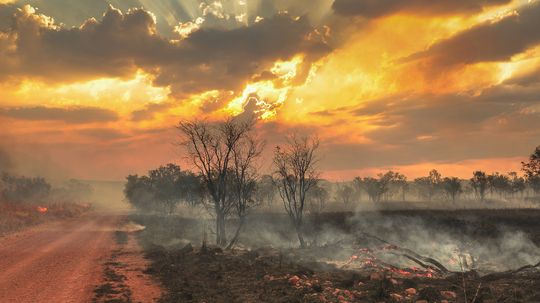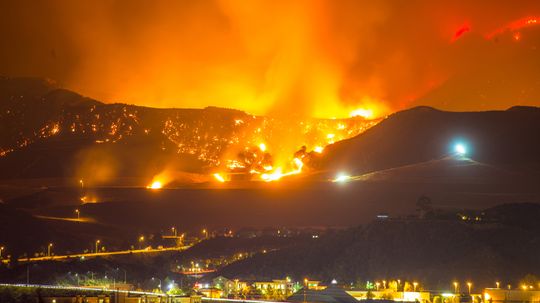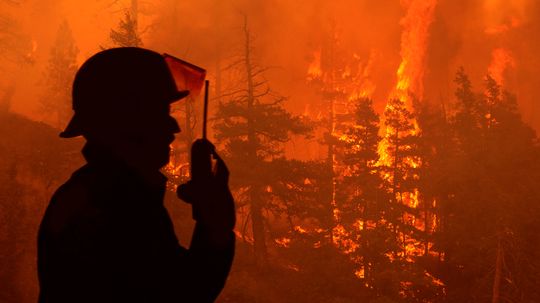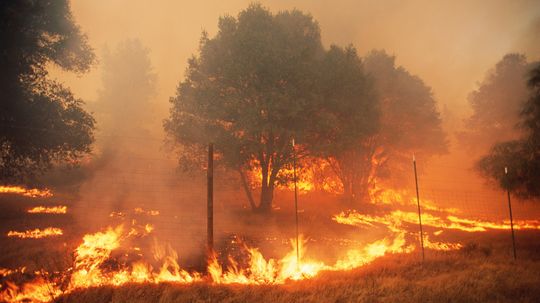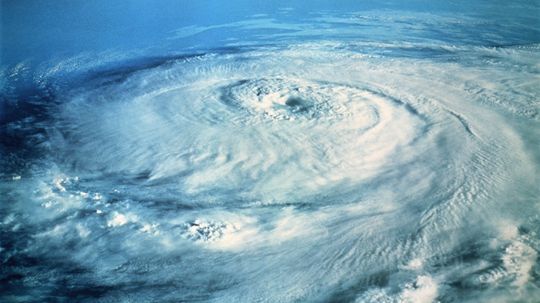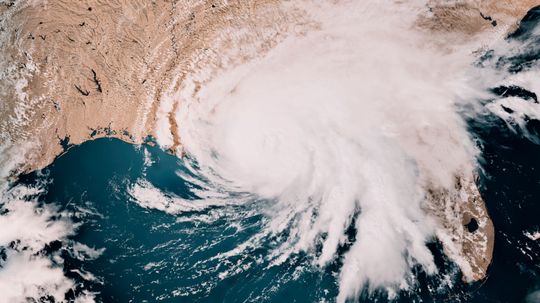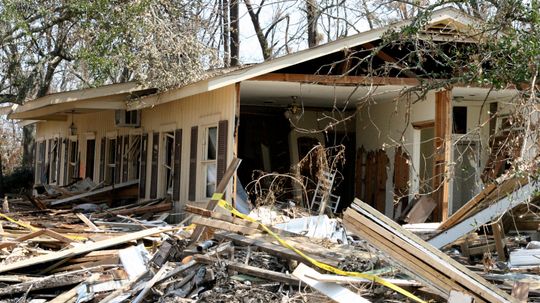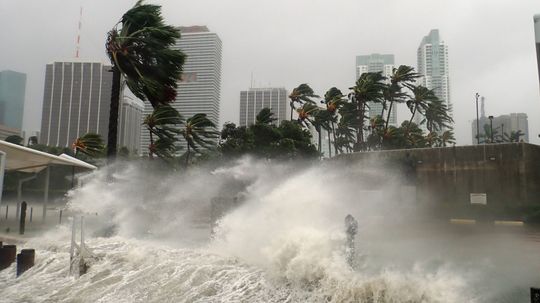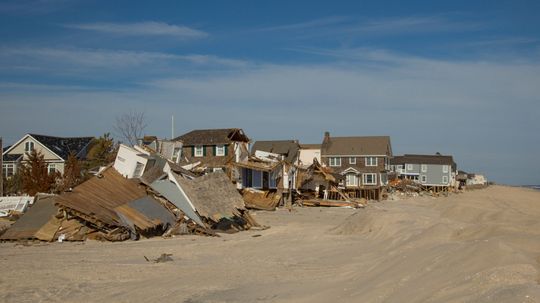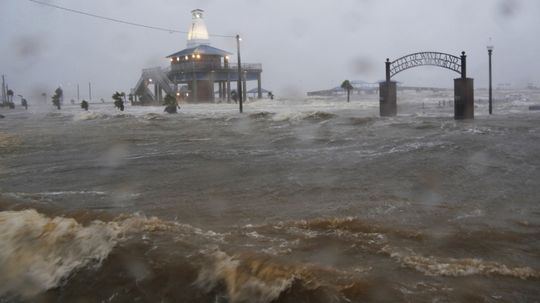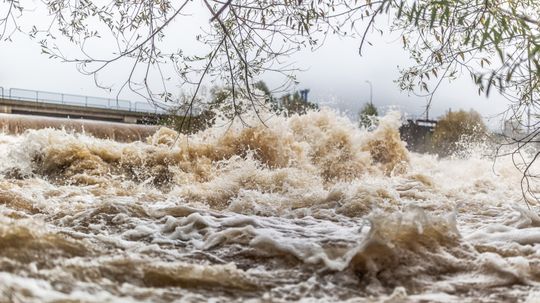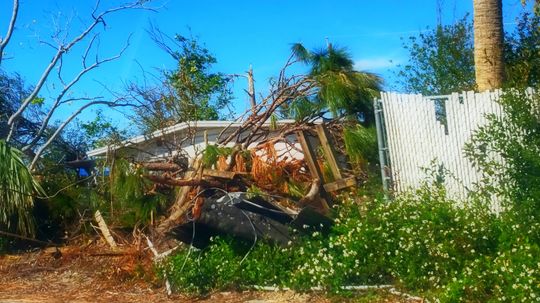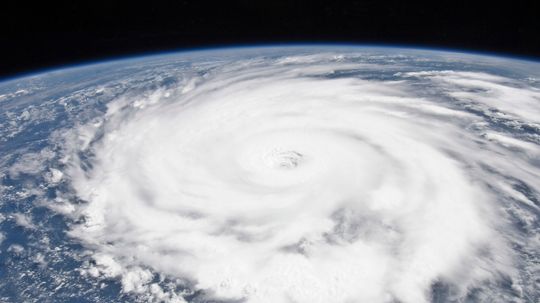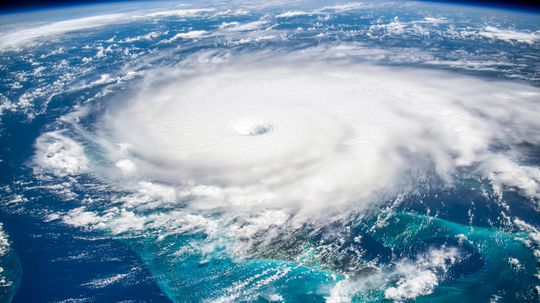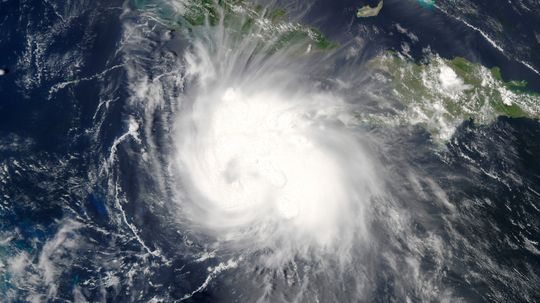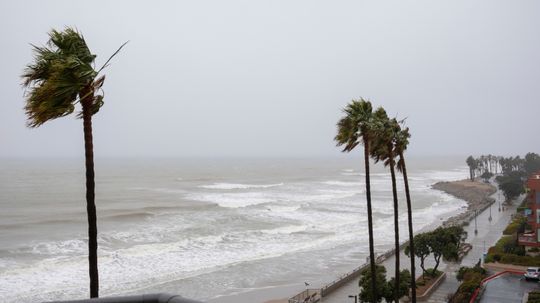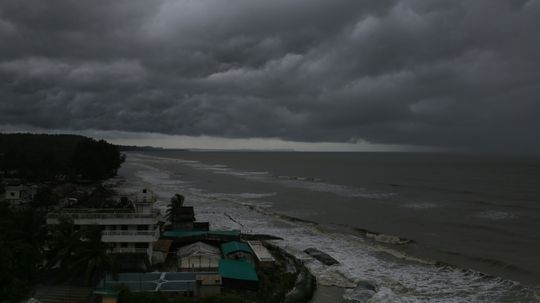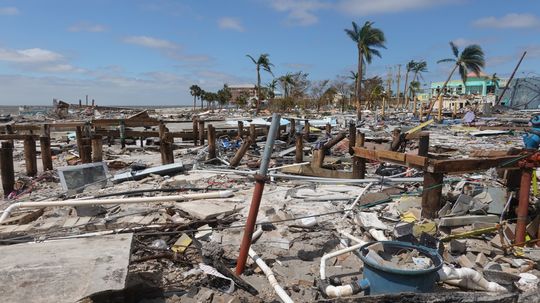Natural Disasters
Unpredictable forces of nature like tornadoes and hurricanes can have a devastating impact on humans and our environment. Learn how natural disasters work and how science aims to better predict them.
Learn More
Floods have shaped landscapes, destroyed cities and taken lives for centuries. This list that starts with the worst flood in history looks at some of the most catastrophic floods in recorded history, from natural disasters fueled by heavy rain to human-engineered failures that ended in tragedy.
By Zach Taras
On March 18, 1925, a massive and terrifying storm tore through the Midwest, becoming the Tri-State Tornado, the deadliest tornado in United States history.
By Zach Taras
These spinning columns of air are some of the most violent storms on Earth, capable of tearing apart entire towns in seconds. The most powerful winds ever recorded have been associated with intense tornadoes, making them one of nature's most destructive forces.
By Zach Taras
Advertisement
Wildfires have shaped landscapes, ecosystems and human history for centuries. Some of the deadliest wildfires have burned across millions of acres, leaving behind devastation and reshaping the way we manage fire-prone environments.
By Zach Taras
California has long been a hotspot for devastating wildfires, with its dry climate, strong winds and rugged terrain creating the perfect conditions for destruction.
By Zach Taras
Wildfires have profoundly shaped the landscape and history of the United States, leaving behind tales of devastation and resilience. While the infamous Great Chicago Fire of 1871 is often remembered for its urban destruction, the nation's forests and wildlands have witnessed even more extensive blazes.
By Yara Simón
Earthquakes are among the most powerful natural forces on Earth, often causing widespread devastation, triggering tsunamis and altering the landscape of a region. But how strong was the strongest earthquake of all time?
By Marie Look
Advertisement
If you're lucky, you've never seen a tsunami in person, but you know that this type of massive wave can cause enormous damage. They can be measured, too, which easily leads to the question: What was the largest tsunami ever recorded?
By Zach Taras
The U.S. government is investing over US$7 billion in the coming years to try to manage the nation's escalating wildfire crisis. That includes a commitment to treat at least 60 million acres in the next 10 years by expanding forest-thinning efforts and controlled burns.
By Jamie Peeler
Discover the impact of a Category 3 hurricane. Explore its characteristics and effects. Understand the force of a Category 3 hurricane today.
By HowStuffWorks
Discover the impact of a Category 1 hurricane. Explore its features and effects. Understand the dynamics of Category 1 hurricanes today.
By HowStuffWorks
Advertisement
Explore the impact of Hurricane Katrina. Understand its devastation and aftermath. Learn about the history of Hurricane Katrina today.
By HowStuffWorks
Explore the impact of Hurricane Irma. Understand its path and effects. Learn about the history of Hurricane Irma today.
By HowStuffWorks
Explore the impact of Hurricane Sandy. Understand its destruction and aftermath. Learn about the history of Hurricane Sandy today.
By HowStuffWorks
Explore the impact of Hurricane Ida. Understand its path and aftermath. Learn about the history of Hurricane Ida today.
By HowStuffWorks
Advertisement
Explore the impact of Hurricane Harvey. Understand its devastation and aftermath. Learn about the history of Hurricane Harvey today.
By HowStuffWorks
Explore the impact of Hurricane Andrew. Understand its devastation and historical significance. Learn about Hurricane Andrew today.
By HowStuffWorks
Explore the impact of Hurricane Maria. Understand its devastation and aftermath. Learn about the history of Hurricane Maria today.
By HowStuffWorks
Explore the impact of Hurricane Michael. Understand its devastation and aftermath. Learn about the history of Hurricane Michael today.
By HowStuffWorks
Advertisement
Discover how a hurricane forms. Explore the process of hurricane formation and its stages. Uncover the science behind hurricanes.
By HowStuffWorks
Typhoon vs. Hurricane: Uncover the differences and similarities between these powerful tropical storms. Learn about their formation and impact.
By HowStuffWorks
Hurricane Charley: Unveiling the Impact and Aftermath of this Devastating Storm. Explore its path, damage, and lessons learned.
By HowStuffWorks
California Hurricane: Exploring the Rare Phenomenon and Potential Impacts. Learn about the history, preparation, and coastal vulnerability.
By HowStuffWorks
Advertisement
When is Hurricane Season? Discover the crucial dates and regions of hurricane occurrence. Learn how to prepare and stay safe.
By HowStuffWorks
Unearth the Worst Hurricanes in US History: Catastrophic storms that shaped landscapes, impacted communities, and left indelible marks on the nation.
By HowStuffWorks
